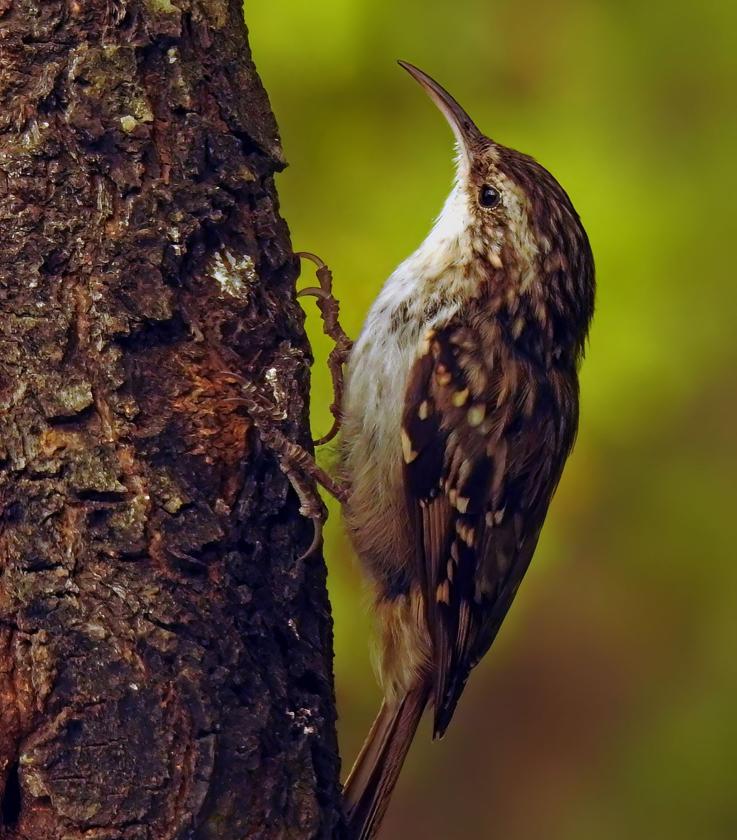The devil is in the detail
The Andalucía Bird Society recommends looking out for the Short-toed treecreeper this month
Peter Jones
Ronda
Friday, 14 February 2025, 12:51
These days, bird identification is certainly made easier by the proliferation of excellent field guides, both in paper form and apps (my recommendation is for the Collins Bird Guide, suitable for our region and includes Europe and North Africa).
I don't have many difficulties on identification due to my many years of watching birds, although I must admit to struggling with some gull species and their aging differentials to plumage.
However, there are a few birds that are agonisingly like others that cause much head scratching and deliberation before being (almost) sure you get the puzzle correct.
These birds can be very frustrating, if not damn annoying. Of these birds, none are more difficult than separating Eurasian Treecreeper (Common Treecreeper) Certhia familiaris and Short-toed Treecreeper Certhia brachydactyla, much of their range is shared and this adds to the problem of identifying them correctly.
Like other treecreepers, the short-toed is inconspicuously plumaged being brown above and whitish below and has a curved bill and stiff tail feathers. It is a resident in woodlands throughout its range, even seen in inner city or town parks and nests in tree crevices or behind bark flakes.
It is common and confiding but is an inconspicuous species feeding mainly on insects which are picked from the tree trunk as the treecreeper ascends with short hops.
It shares much of its range with the Common Treecreeper. Compared to the short-toed, the Common Treecreeper is whiter below, warmer and more spotted above, and has a whiter supercilium and slightly shorter bill.
Poorly marked birds
However, identification by sight may be impossible for poorly marked birds.
Vocal birds are usually identifiable, since the Common Treecreeper has a distinctive song composed of twitters, ripples and a final whistle and a shree' call rarely given by the short-toed; however, and just to complicate matters even further, both species have been known to sing the other's song.
Even in the hand, although the short-toed usually has a longer bill and shorter toes, 5% of birds are not safely identifiable.
The Short-toed Treecreeper breeds in temperate woodlands across Europe from Portugal to Turkey and Greece, and in northwest Africa. It prefers well-grown trees, especially oak and avoids pure stands of conifers.
Where it shares its European range with the Common Treecreeper, the latter species tends to be found mostly in coniferous forest and at higher altitudes.
Confused? Well, the good news is the Common Treecreeper is a mountain bird and is restricted to the far north of the Iberian Peninsula and so a treecreeper observed in our region is going to be Short-toed.
Our attention to this beautiful small bird is usually drawn by its movement as it ascends tree trunks and branches, so hopefully you will get to see and enjoy this common resident.
